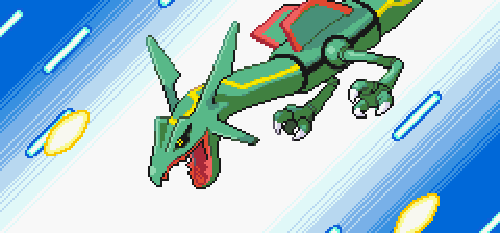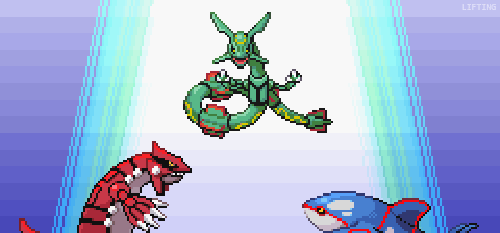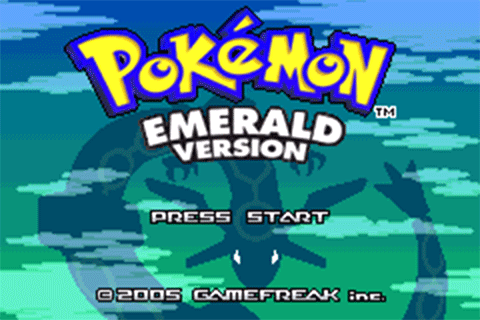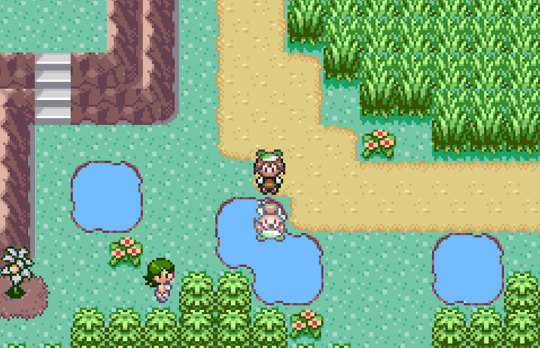

The price of $199.99 for a brand new, mint condition, and factory-sealed copy of Pokémon Emerald is indeed justified when considering several key factors. First and foremost, the rarity of such items in today's market significantly influences their value. As the gaming industry has evolved, classic titles like Pokémon Emerald have become increasingly scarce in pristine condition due to both collector demand and the natural decline in available inventory (It seems that there is no text provided for me to extract the author names from). This scarcity drives up prices as collectors are willing to pay a premium for items that enhance their collections.


Moreover, Pokémon Emerald holds immense nostalgic value for many gamers who grew up during its initial release. The emotional connection associated with childhood gaming experiences can lead individuals to invest substantially in preserving these memories through physical copies of beloved games (It seems that there is no text provided for me to extract the author names from). This emotional attachment not only validates but also enhances the perceived worth of purchasing a mint-condition game at such a price point.
Finally, the quality assurance that comes with acquiring a factory-sealed product contributes further justification for this investment. A sealed copy guarantees that the item has not been tampered with or damaged over time, ensuring its longevity as both a playable game and an investment piece (It seems that there is no text provided for me to extract the author names from). In conclusion, given its rarity, nostalgic significance, and assurance of quality, paying $199.99 for a brand new Pokémon Emerald is not merely justified; it represents an opportunity to own a piece of gaming history.

Pokémon Emerald is a role-playing video game (RPG) developed by Game Freak and published by The Pokémon Company and Nintendo for the Game Boy Advance. Released in Japan on September 16, 2004, and internationally on May 1, 2005, it serves as the third installment in the third generation of Pokémon games, following Pokémon Ruby and Sapphire (Pokémon Emerald - Wikipedia, n.d.). This game introduces a range of enhancements over its predecessors while maintaining the core gameplay that has made the franchise popular among diverse audiences.

One of the most significant features of Pokémon Emerald is its amalgamation of elements from both Ruby and Sapphire. Players encounter Team Magma and Team Aqua as antagonists while also having access to legendary Pokémon such as Kyogre and Groudon (Kidzworld, n.d.). Additionally, new gameplay modes like the Battle Frontier are introduced, providing players with more challenges beyond traditional gym battles. These modifications enhance replayability and cater to both hardcore fans seeking comprehensive gameplay experiences and newcomers exploring the expansive world of Pokémon.

The game's mechanics allow for multiplayer connectivity via Game Link Cable or Wireless Adapter, enabling interaction among up to four players (Pokémon Emerald Version - Bulbapedia). This social aspect not only fosters community engagement but also enriches player experience through cooperative gameplay. As a result, Pokémon Emerald remains a beloved title within the franchise's history, offering an engaging blend of exploration, strategy, and social interaction that continues to resonate with players today.